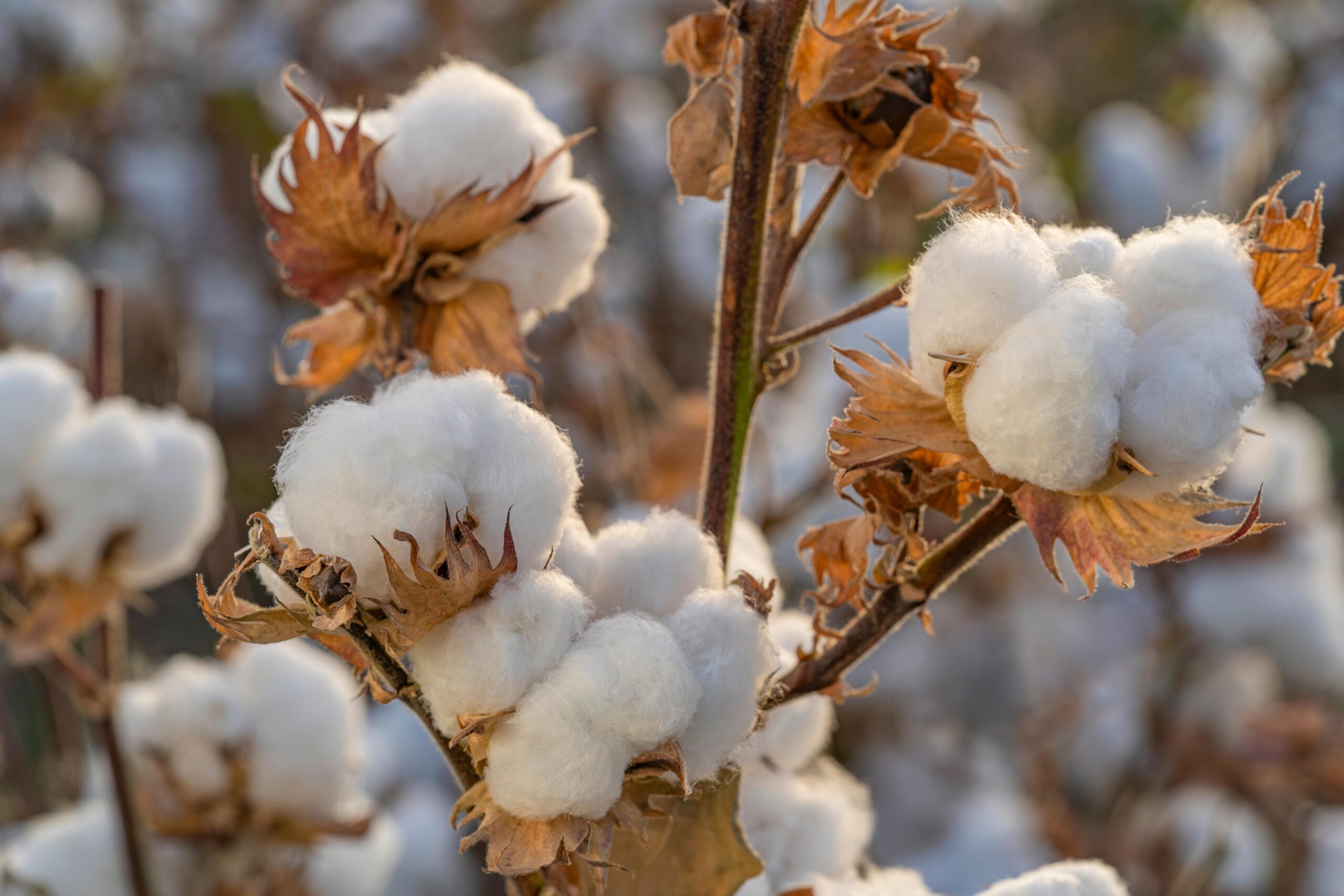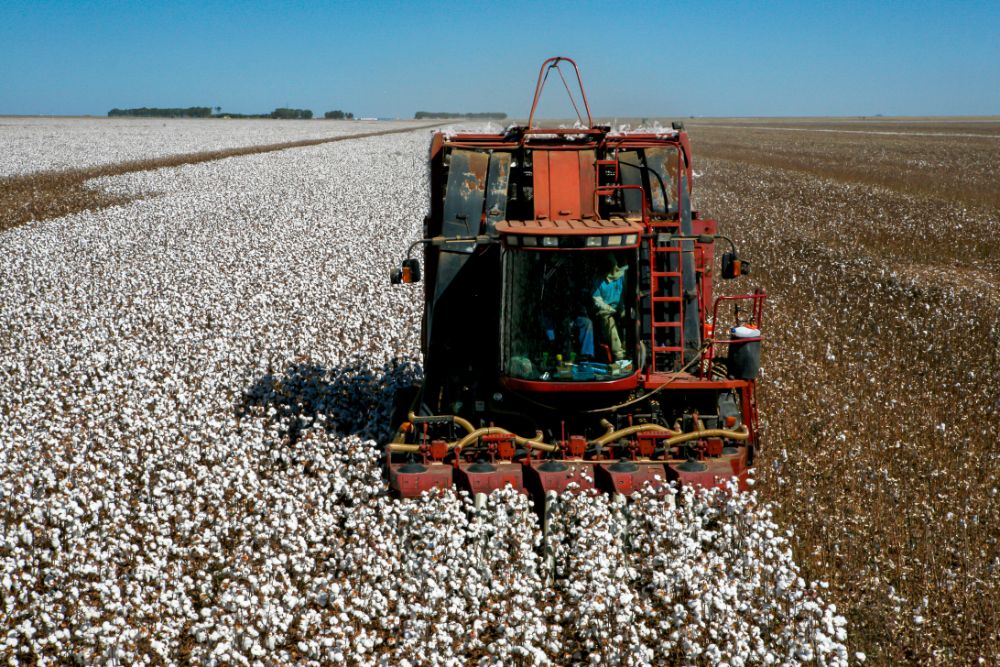When it comes to the world of agriculture, cotton plays a vital role in the textile industry. Cotton harvesting, in particular, is a complex process that requires specialized machinery to ensure efficiency and productivity. We will delve deep into the world of cotton harvesting machinery, going beyond the fluff to help you understand the intricate
READ MOREAuthor: Don Evink
Cotton Harvesting Machinery Showdown: Comparing the Giants
In the world of cotton harvesting, efficiency and productivity are key factors in determining the success of a farming operation. Today, we will be taking a deep dive into the world of cotton harvesting machinery, comparing some of the giants in the industry. From Case IH to John Deere, each manufacturer offers a range of
READ MOREBehind the Scenes: Life on a Cotton Harvester
Cotton has long been a vital crop woven into the fabric of our lives. Cotton surrounds us, from the clothes we wear to the products we use daily. Growing cotton, however, is a complex process that requires careful cultivation and efficient harvesting techniques. In this blog, we will dive deep into the world of
READ MOREThe Innovations Shaping the Future of Cotton Harvesting
The Innovations Shaping the Future of Cotton Harvesting Cotton, a versatile and widely used natural fiber, plays a significant role in today’s textile industry. The process of cotton harvesting has come a long way over centuries, and modern technological advancements have revolutionized how cotton is harvested. From hand-picking to mechanized harvesting, the industry has seen
READ MOREFrom Field to Fabric: The Journey of Cotton Harvesting
Cotton, a versatile and highly valuable crop, has been cultivated and cherished for centuries. Harvesting cotton involves several intricate steps, all contributing to the production of the soft fabric we use daily. Cultivating Cotton The process of cotton harvesting begins with the cultivation of cotton plants. Specialized farmers dedicate their expertise and efforts to
READ MORE


